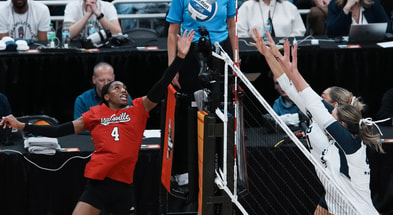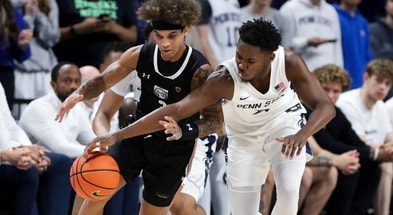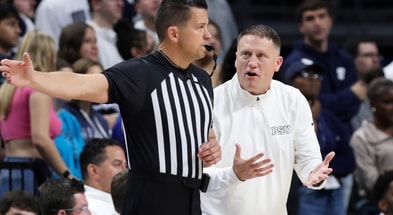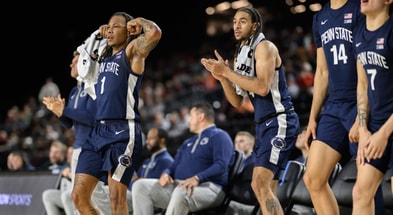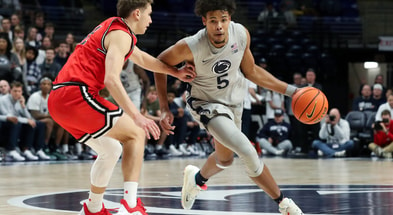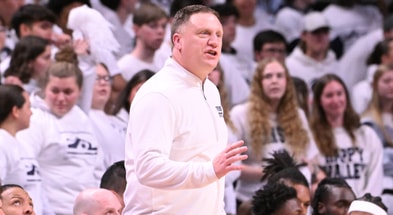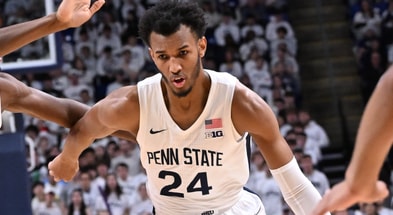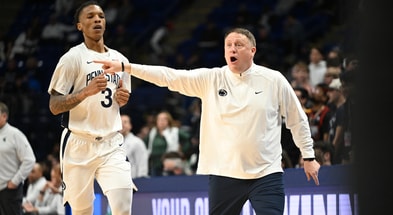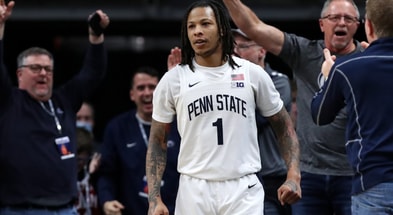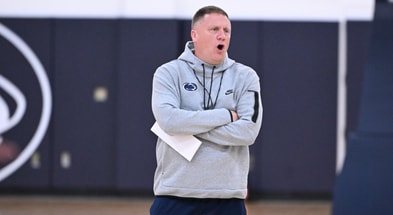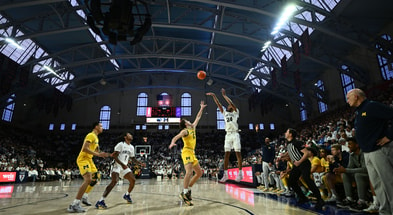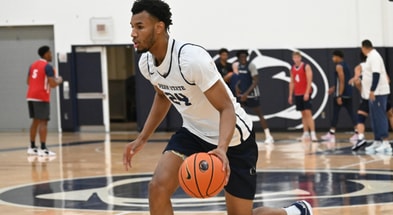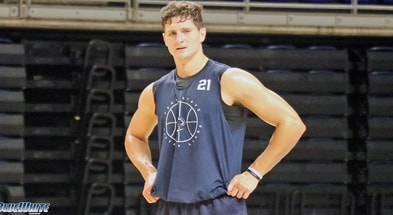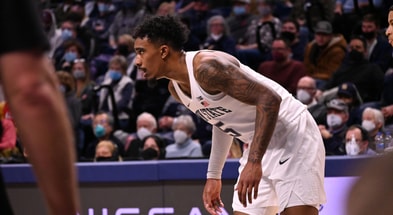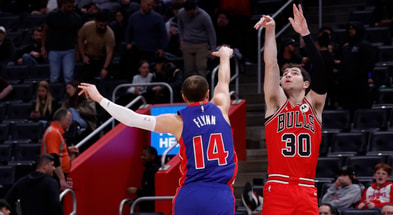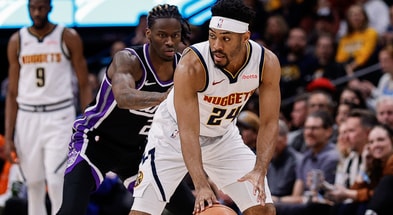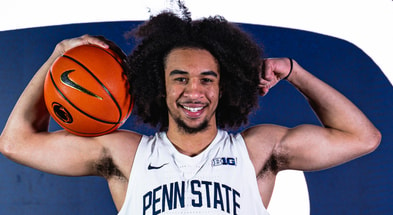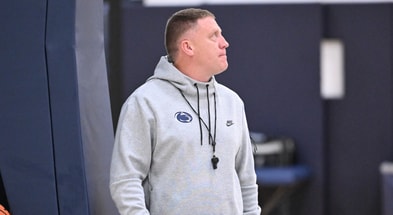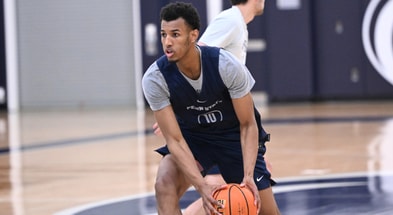Micah Shrewsberry's first-year push and pull with Penn State basketball
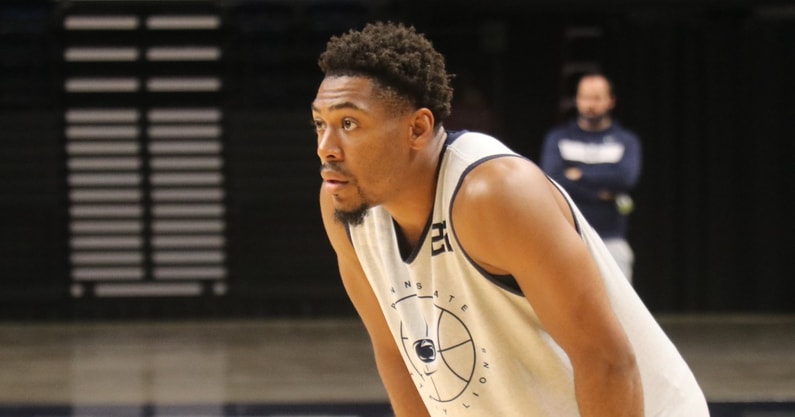
New Penn State basketball coach Micah Shrewsberry felt a lot like a general manager this offseason as he pieced together his first roster.
Nine players left the program over the offseason, and Shrewsberry’s canvas was blank.
There was plenty of wheeling and dealing to be done, moves that needed to be made just to put a full team on the court when the season begins on November 10 against Youngstown State.
Wearing his GM hat as he worked the transfer portal, Shrewsberry wasn’t looking to acquire proverbial prospects and draft picks. Of the five transfers he brought in, three are super seniors, one is a senior, with one junior joining the ranks as well.
That was no accident.
“It was intentional,” Shrewsberry said. ” Let’s build for the future, but let’s build for now as well. Let’s try and do both, let’s try and win.”
Opportunity at Penn State
The offseason workouts, Jaheam Cornwall admits, were tough.
Cornwall — a guard who transferred from Gardner-Webb for his final season of eligibility — needed some time to accustom himself to life in a power conference program.
He’s not alone. The other four scholarship transfers Penn State added came from Western Michigan, Siena, Canisius and South Plains College. This power conference program will feature plenty of mid-major flavor.
“I think the toughest part was this summer, after gaining a bunch of offseason weight and coming back here and going right into those hard offseason workouts and lifting and getting in shape,” Cornwall said. “That was definitely a tough part for me.”
The other major adjustment Cornwall must make relates to the speed of the game at this level, he says. Everything is faster than it was in the Big South, where Cornwall landed on the all-conference team last season.
Some of the other transfers put together decorated careers at their previous stops, too. Forward Greg Lee was an All-MAC honorable mention a season ago. Guard Jalen Pickett is a former MAAC player of the year.
The step up will be a challenge, and one Cornwall, Lee, Pickett and Jalanni White must conquer quickly.
But with that challenge comes plenty of individual opportunity.
“To me, who wouldn’t want to play on one of the biggest stages in the country and display what I personally can do, and what we can do collectively as a team?” Lee said. “Also, trying to make it to the next level as well.”
But why Penn State? They each had other options to explore, where the outlook wasn’t as fuzzy, where the coaching staff was more experienced, where there was less risk.
Why spend the end of your career building the foundation for something new?
Each player offered his own unique answer, but there was one common thread — Shrewsberry.
“What appealed to me is Coach Shrewsberry, and how he wanted to approach the game,” Pickett said. “I think that was the biggest thing for me, how we wanted to play on the offensive end and how he wanted to guard on the defensive end. He did a lot of stuff with the Celtics, and I think that’s what he’s trying to bring to Penn State.”
A pragmatic approach to roster building
There are practical reasons for constructing the roster the way Shrewsberry did.
More than anything, it keeps scholarships free. Lee, Cornwall and White will each move on following the season. Pickett has the option to stay for a second year in Happy Valley.
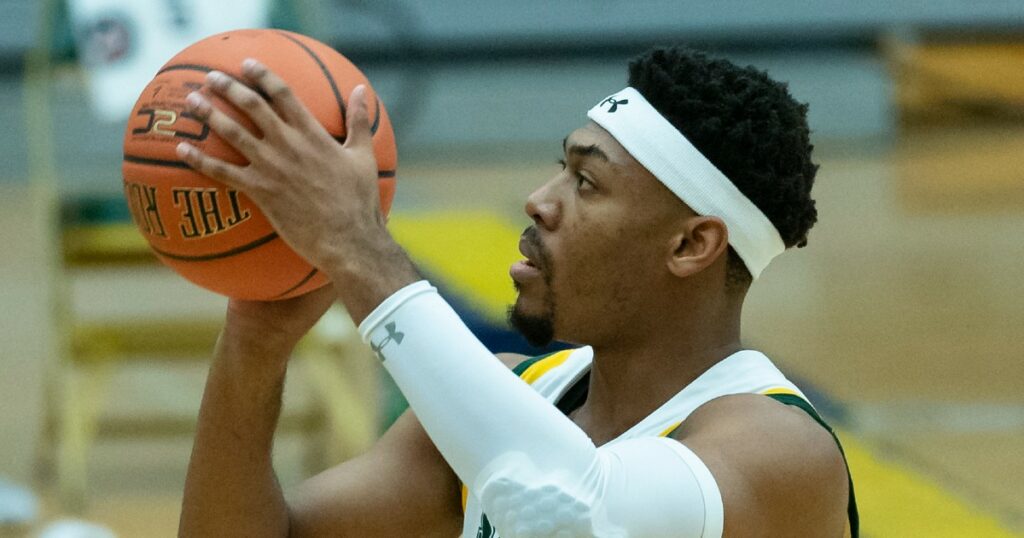
The only true long-term commitment is Jevonnie Scott, who isn’t presently practicing with Penn State as he works through some red tape surrounding his transfer.
“We needed to position ourselves to have more balance within our roster, within each class, position-wise, class-wise, age-wise,” Shrewsberry said. “Bringing in some guys that are older that may just be here for a year, some are here for two, you get a chance to balance yourself out in recruiting, start bringing in more guys that fit who we want to be as a staff, guys who fit Penn State, fit our philosophy, how we want to play offensively and defensively.
“I got a short opportunity to try and piece it out and build a roster, and that’s what I was looking to do.”
Without that flexibility, it’s unlikely that Penn State could have put together the talented, five-man recruiting class set to sign this month. A similarly large group is expected in the 2023 cycle.
But there’s an emotional component to all this, too — one that helped convince big man John Harrar to stick around.
Harrar, the unquestioned face of the program, entered the transfer portal following the conclusion of last season, like most of the team.
Harrar wants to play in the NCAA Tournament. He refuses to count the 2019-20 season, when Penn State would have danced had it not been for the pandemic. He’s a harsh judge of his own accomplishments.
Top 10
- 1
Mike Matthews
5-star frosh to portal
- 2
Cam Ward
Sitting 2nd half sparks questions
- 3
Diego Pavia returns
Vandy QB announces 2025 intentions
- 4Hot
Bloody official
ECU-NC State brawl ends in 8 ejections, ref injury
- 5
Gus Johnson, Joel Klatt
Shred SEC, take shot at Tennessee
Get the On3 Top 10 to your inbox every morning
By clicking "Subscribe to Newsletter", I agree to On3's Privacy Notice, Terms, and use of my personal information described therein.
It’s tough to envision Harrar achieving that goal with a mixed-and-matched collection of young players in the first year of Shrewsberry’s tenure. In re-recruiting Harrar, Shrewsberry’s vision for this season’s roster was a key part of his pitch.
“Shrews told me who he was going to bring in,” Harrar said.
“He wasn’t bringing in young guys. He was bringing in people who he thought could help us win right away. He’s promised to me that he’s going to do whatever it takes to win this year and that’s all I can ask.”
Indeed, Shrewsberry said he owed it to those who stayed — like Harrar — to assemble his roster with the short-term in mind.
“The most important thing for me — when John said he was coming back, having Myles [Dread] who never wavered, having Sam [Sessoms] who never wavered, now Seth [Lundy] comes back — you have a group that has had success in the Big Ten,” Shrewsberry said. “Now let’s fill it with guys around them who can help them win. I want to do everything I can for those guys, to help them win right away.”
Urgency from the onset
Internally, the experience on Penn State’s roster creates a sense of urgency that might not otherwise exist.
Excitement surrounds the program from the outside — but most of it is directed toward the future. The luxury of time doesn’t apply to Penn State’s seven scholarship seniors.
“It’s the last go-around,” Cornwall said. “You’ve got to leave it all out there. You don’t get another shot at this, especially for us grad transfers. You know, the other guys, they can kind of relax a little bit. But no, not us. We got to get in the gym, getting work in whenever we can.”
“Everybody says every year that they want to win,” Pickett added. “But as the clock goes, you know exactly what to do. You’ll put in more time when the clock is at the end….I just want to do this for the people who have only one year left, and then for myself as a senior.”
Despite the bevy of experience Penn State boasts, all of this remains new.
Last month, Shrewsberry compared this roster to a team full of freshmen — even though it doesn’t include a single one. They’ve played plenty of college basketball, Shrewsberry said. But they haven’t played for him.
Shrewsberry’s systems have to be learned — defense first, then offense. A team dynamic must be established. Chemistry has to be created.
“Basketball’s a really easy game as long as everybody’s on the same page,” Pickett said. “We’re definitely getting the chemistry right of where we want people to be on the floor. But, when people have played so much college basketball like we have, and you know what it takes, how to win, what to do. When you see everybody striving for that goal, it’s been easier than if you tried to bring in a bunch of freshmen and teach them how to actually play.”
The key to the push and pull between the start of something new for Penn State basketball itself and the end of the road for some of Penn State’s players can be found in the difference between expectation and ambition.
To expect the new-look Lions to compete in year one might not be reasonable — but to decline to strive for it would be an equal error.
“With seven seniors, that’s what those guys want to do,” Shrewsberry said. “They want to win. They’ve had a chance to have all the other accolades, all the individual stuff. They want to win, and they know they get one opportunity to do it. So they’ve really bought into trying to win together.”

